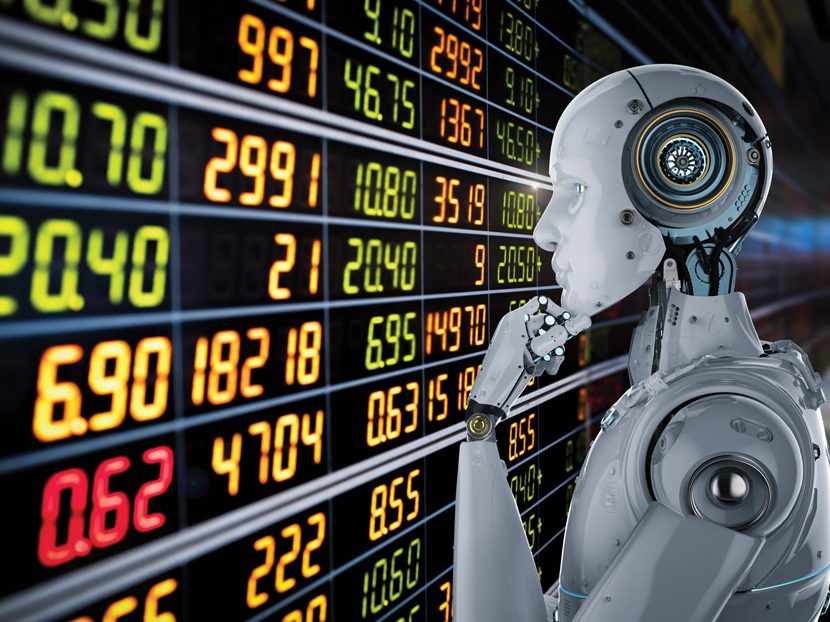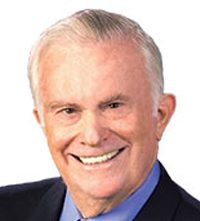Are There Winners/Losers in a Trade War?
The United States and China are both feeling the pinch of trade tariffs.

From decades past, going back to the 1980s, the United States has seen its manufacturing sector deteriorate by 48,000 factories. This has dramatically weakened the fundamental strength of America, which had rebuilt European and Japanese factories to keep Russian and Chinese Communism from sweeping across Europe and Japan.
The “Trump tariffs,” imposed on China and Vietnam, which had subsequently taken over significant U.S. manufacturing assets, were imposed on such imports. President Donald Trump’s action has been an attempt to stem further U.S. reduction and rebuild its base for the future.
It also sends a warning that these tariffs would be increased in the future to reverse the growth of U.S. imports and gain the benefit of replacing former U.S. manufacturing strength to protect the theft of superior American technology.
Already, Trump tariffs were implemented on Sept. 1, 2019 — a new round of 15 percent levies on more than $125 billion in imports, from wireless headphones to lawnmowers. This brought the average tax on Chinese imports to 21.2 percent, up from just 3.1 percent when President Trump entered the White House.
Beijing retaliated by imposing additional tariffs on 1,717 U.S. exports, such as soybeans and car parts. While European exporters say they’re being offered incentives to set up in a newly expanded free trade zone in Shanghai, America’s competitors are faced with increased red tape. China’s 5 percent levy on American crude oil marks the first time that this fuel has been in the crosshairs since the world’s two biggest economies began their trade dispute more than a year ago.
China also is feeling the pinch. Growth in its manufacturing sector slowed in August for a fourth month in a row. President Trump has threatened to use emergency presidential powers to force American companies out of China.
On Sept. 2, 2019, China’s Commerce Ministry complained to the World Trade Organization that the new tariffs “severely violated” the levels U.S. President Trump and Chinese President Xi Jinping had previously agreed upon. Not mentioned was that the Chinese president ignored his agreement with President Trump.
While China, already beset by the Hong Kong fiasco, had been hoping for a new U.S./China understanding, events have taken place that may wind up in an economic war between the world’s two greatest economies. Despite further discussions that have since taken place, it remains to be seen if the wily Chinese can now be trusted.
Is Stock Market Becoming Increasingly Automatic?
It wasn’t long ago that stock/bond market investing was a human affair, with individuals personally deciding which stocks or bonds were most promising for their personal wealth development.
Their most focused example was Warren Buffet, the “Prince of Omaha,” who has used his personal focus, Berkshire/Hathaway, to become one of the nation’s weathered billionaires. He has become the best example ever of the “role of the individual” that has dominated the New York Stock Exchange and a few others since. But these days of individual stock market titans are rapidly fading away.
In their place have come computers, algorithms and passive managers; institutions which offer an index fund, this holds a basket of shares to match the “return” gained from these partially invested stocks.
On Sept. 13, 2019, a widely watched barometer, publicized by Morningstar Research, reported that in the previous month, for the first time, this segment of passive activity asset measures a worth $4.3 trillion, exceeded that run by live human beings. This surge of financial robots is increasingly answering the questions as to what comprises the ups and downs of stock market activity, and the influence of individual stocks comprising thousands, if not millions, of companies worldwide.
In fact, portfolio management algorithms have been around for decades. In 1975, Jack Bogle founded Vanguard, which created the first index fund. It automated the activities of thousands of stocks and their specific values.
For instance, the average stock investor is looking for dividends, capital gains, as well as a mixture of both. This raises the prospect of computers taking over human investors’ final task: analyzing information to design investment strategies. If this happens widely, this could lead to a better understanding of how the stock market works and what companies are ultimately worth.
As we approach the critical 2020 election year, it’s safe to say that increasingly fewer traders are included on the New York Stock Exchange, and even more evaluating computer service. According to Deutsche Bank, 90 percent of equity future trade, and 80 percent of each equity traders, are executed by algorithms, without any human input. Whether this evolution proves to be the ultimate aspect of stock market trading will be determined by the algorithmic success/failure in the upcoming decade.





